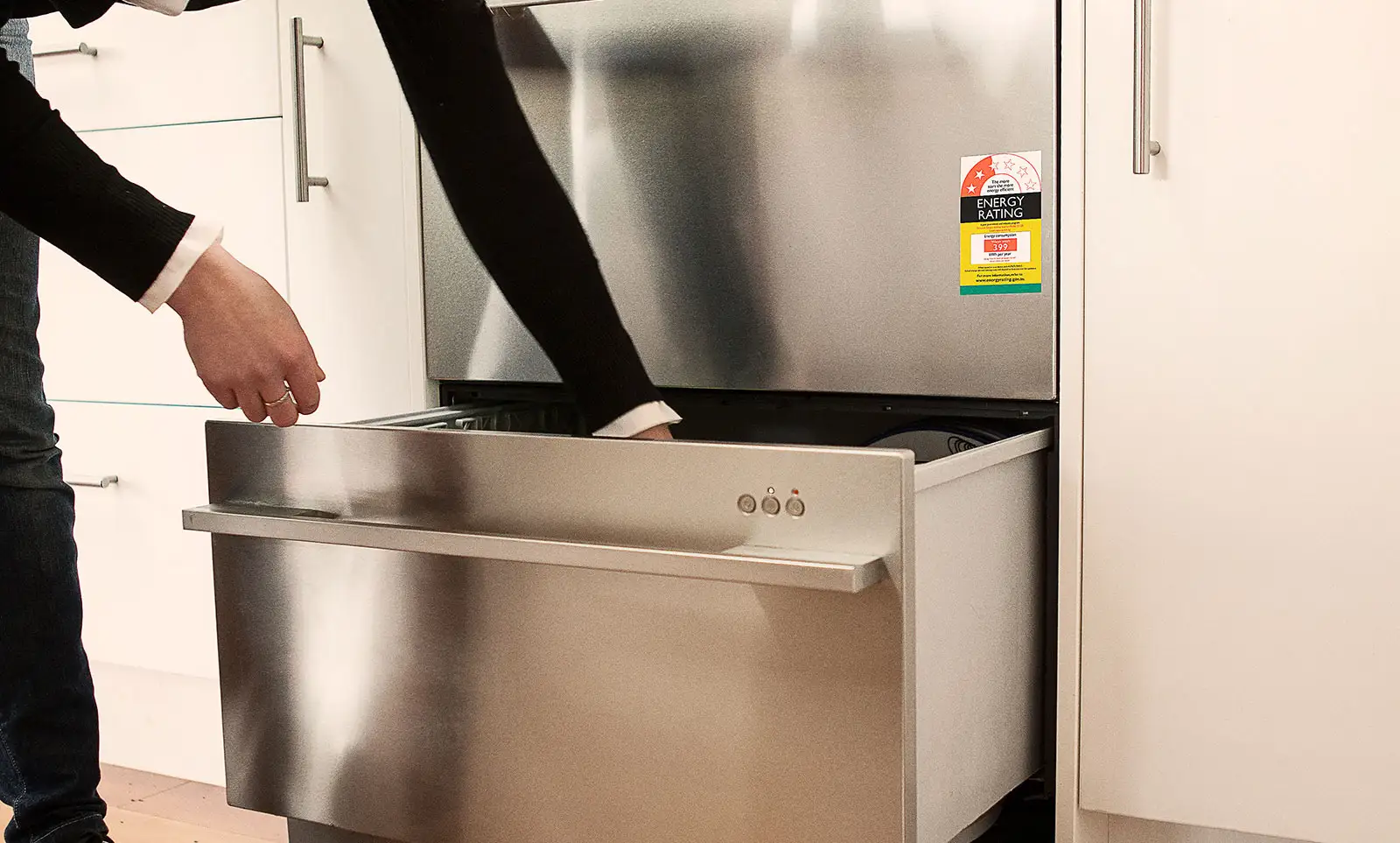The increasing energy efficiency of appliances has resulted in energy savings to New Zealanders of more than $31.4 million for products sold over a year, according to sales data analysis by EECA. That’s the equivalent of the average annual electricity use of 35,000 homes.
EECA’s GM Strategy and Insights Dr Marcos Pelenur says the 5.4 million products sold (March 2019 - March 2020), will continue to provide savings over their lifetime –resulting in $384 million of national benefit.
“New Zealand appliances are becoming increasingly energy efficient. EECA works with the Australian Government to develop minimum energy performance standards which remove the worst performing appliances from the market.”
“These standards allow New Zealand to make gains in energy efficiency at low-cost to government and industry, with little impact on consumer choice.”
Dr Pelenur says the 86 million products sold under EECA’s E3 programme since 2002 have resulted in $1.45 billion of national benefit.
EECA calculated the energy savings for the year ending March 2020 by tracking improvements in the energy efficiency of products through sales information, as well as analysing how much businesses and households are avoiding in energy costs by using more efficient appliances.
Dr Pelenur recommends consumers look at the Energy Rating Label on appliances to find the most energy efficient models.
“It’s quite simple –an appliance with more stars on the label is more energy efficient than similar models, he says.”
| Appliance | Numbers sold 2019 (EECA sales data) | Numbers sold 2020 |
| CFL bulbs | 1,030,319 | 942,946 |
| Linear fluorescent light bulbs | 1,007,928 | 832,389 |
| Computer monitors | 258,609 | 333,175 |
| Televisions | 369,053 | 350,194 |
| Fridge/freezers | 246,908 | 245,603 |
| Washing machines | 178,707 | 172,777 |
| Heat pumps | 172,230 | 178,997 |

Background
How did EECA calculate the savings?
To evaluate the energy savings from MEPS and labelling, EECA:
1. determines the energy efficiency of each product sold (by model) under Minimum Energy Performance Standards (MEPS) and labelling (using energy performance data available on the E3 registration site)
2. profiles how each product type is used (e.g. how many loads of laundry are washed) to estimate the annual energy consumption for each product (by model)
3. multiplies the energy consumption per product across the number of units sold (using the sales data provided by industry)
4. compares this to a counterfactual scenario (assumptions about how much energy the product would have consumed without MEPS and labelling)
5. calculates annual energy savings from the savings from products sold in that year.
